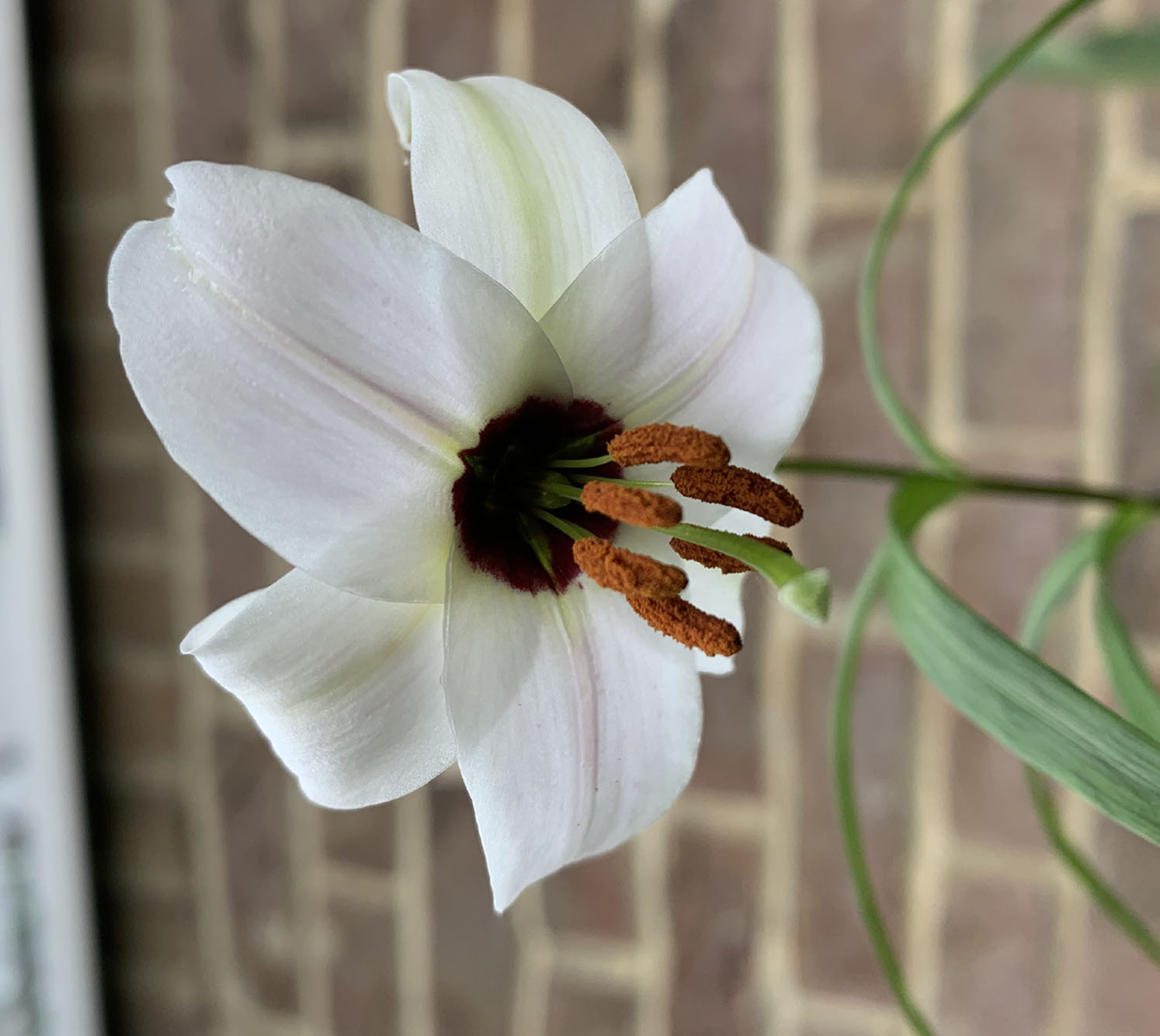- A brief introduction to a species will appear below around every three months
- After reading this short introductory profile you are invited to contribute your experiences and photographs of this species. These contributions will be used to compile a more comprehensive Species Profile which will appear in ‘Lilies & Related Plants’.
Please send your contributions to Mel Herbert at lindmelve@yahoo.co.uk
Lilium henrici Franch. J. Bot. (Morot) 12: 220 (1898) syn. Nomocharis henrici (Franch.) E.H.Wilson Lilies East Asia: 13. (1925).

Lilium henrici was first described by the botanist Adrien René Franchet in Paris in 1898 based on a collection by Prince Henri d’Orléans from near the river Mekong [Lancang Jiang] in west Yunnan Province.
His journey entitled “Itinéraires du Tonkin aux Indes” accompanied by the naval ensign Lieutenant Emile Roux and Chinese interpreter Pierre Briffaud, took place between January and December 1895. The route took them and a dozen carriers from coastal Vietnam northwest along the red river [Sông Cái] into the three rivers area, the Yangtze, Mekong and Salween of west Yunnan in the Hengduan mountain range. It was in the high mountains above Liukiu heading back east between these mighty rivers that he found the lily that later bore his name. He and his entourage then headed west across the ranges and into northern Myanmar ending up at Sadiya on the Brahmaputra in Assam in north-east India.
Its close relationship to several lilies that were formerly in the genus Nomocharis is evident from its wide-open flowers, deep vinous blotch at the base of the flower and occasional speckling on the white sometimes pink flushed tepals. Indeed, Wilson recombined it into that genus in his book the Lilies of East Asia (Wilson 1925: 13). However, recent molecular research has shown that the species formerly in Nomocharis now belong in Lilium sect. Ecristata (Balf.f.) S.T.Watan. & N.M.Tamura (Watanabe & Tamura 2021: 200). Another nomocharoid lily L. mackliniae Sealy, found in north-east India in the state of Manipur, has been shown to be closely related to this species (Gao et al. 2012: 79).
This beautiful lily is now a little more widely cultivated than was previously the case and seed is fairly regularly offered in specialist seed exchanges. Sown in the spring, it shows quite rapid epigeal germination with, usually, a few also germinating in the early part of the following year. A cool moist situation in a mildly acid soil seems to suit it well if it can be kept drier during the winter.
